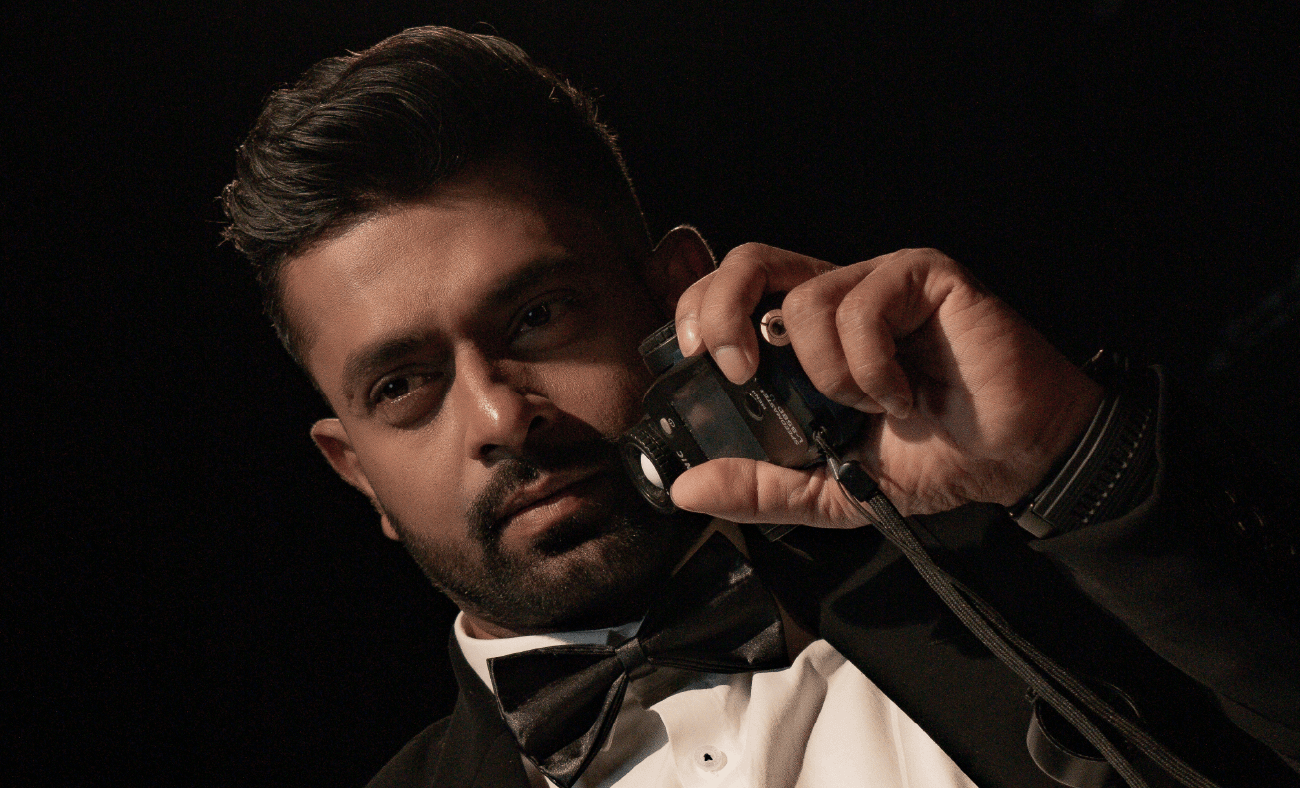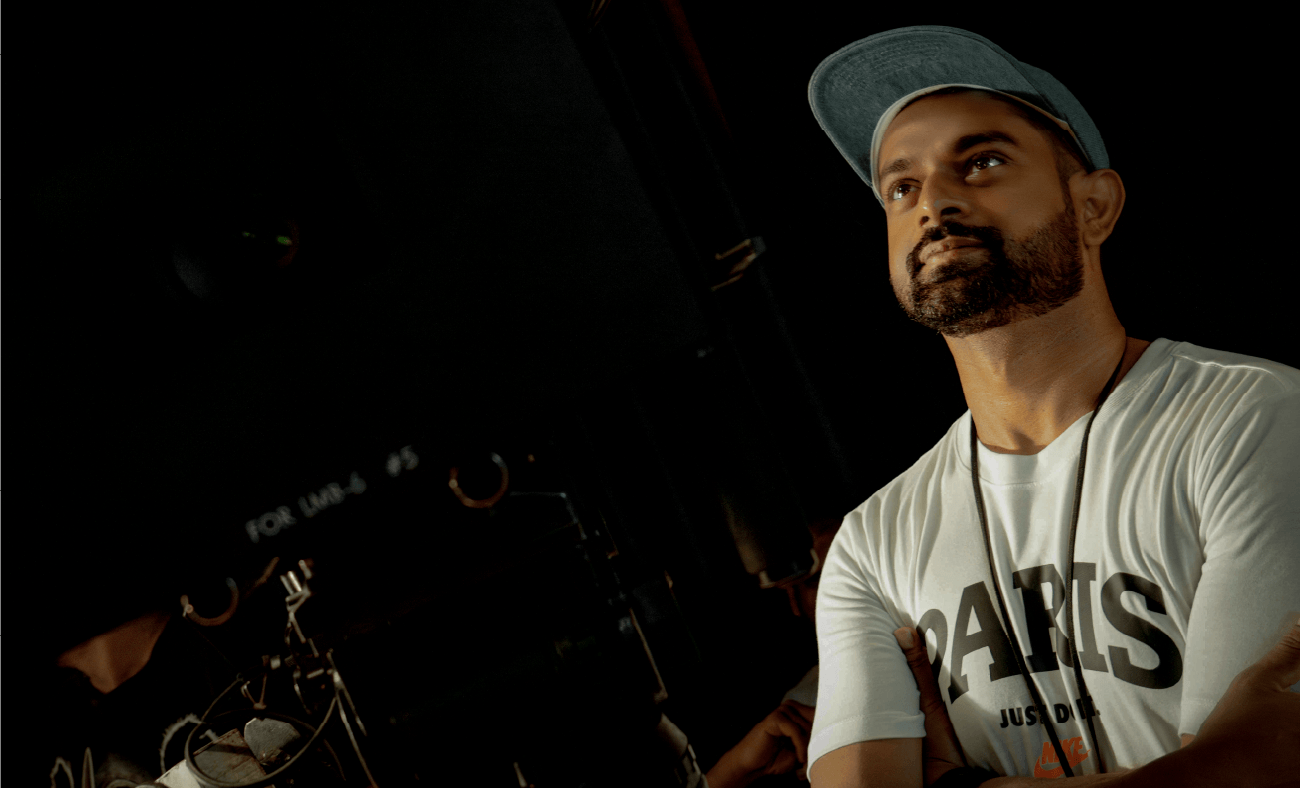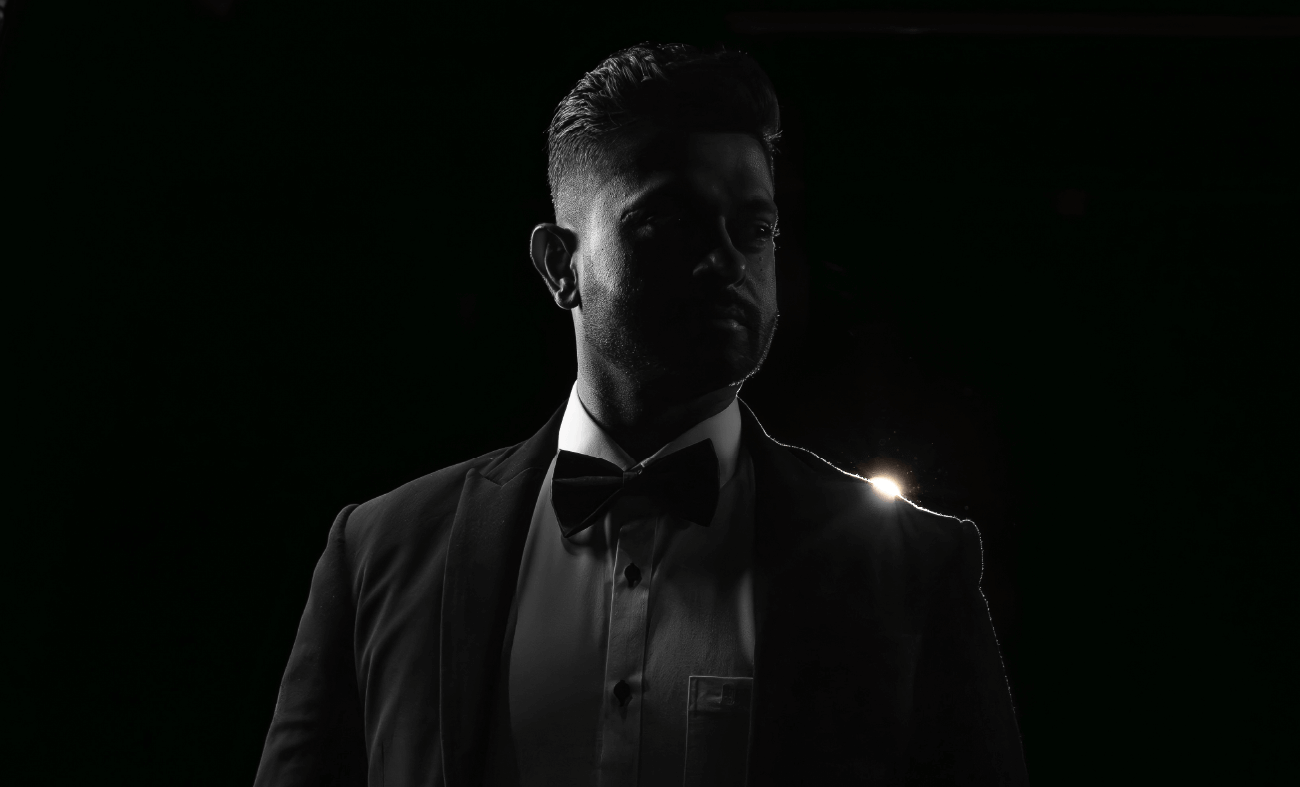
Future of Sri Lankan Cinema
Sri Lanka’s cinema industry has grown in leaps and bounds, but to someone like Charith Abeysinghe, who has been part of its evolving landscape for over 25 years, there’s always room for more innovation. Known for his fearless approach to both storytelling and technical advancement, Charith believes the future of Sri Lankan cinema lies at the intersection of technological improvement and deeply resonant storytelling.
With his work on ‘Julia’, Sri Lanka’s first-ever digital movie, Charith Abeysinghe made a statement: the potential for better production quality exists within the industry, but it requires bold decisions, creativity, and a commitment to pushing the boundaries of what is possible.
Innovating Through Technology
As one of Sri Lanka’s most influential directors and cinematographers, Charith has always been an advocate for advancing the technical aspects of filmmaking. He emphasizes that each step towards better production quality—from high-grade cameras to sophisticated lighting setups—enriches the storytelling process. It’s no secret that many of his successful projects, like ‘Thaadi’ and ‘Minigandaala’, were filmed using groundbreaking techniques for local production standards, and this has been integral to their critical and popular success.
In Charith’s view, one of the key components to creating lasting and meaningful art is technical mastery. “Film is not just about telling a story; it’s about shaping an experience,” he notes. “Every technical choice we make, from lighting to sound, can either draw the audience in or push them away. We must choose wisely to elevate both the art and the message.” By using technology to complement his stories, he ensures that the core message resonates more powerfully with his audience.
Bold Storytelling Meets Technology
One of Charith’s greatest strengths is his ability to blend compelling, socially relevant narratives with technical innovations. Whether it’s a teledrama exploring social media’s damaging impact on humanity, like ‘Thaadi’, or a deep dive into Sri Lanka’s political history in ‘Minigandaala’, Charith uses every available tool to make sure the story is told in the most impactful way possible. His emphasis on production value, color grading, and sound design helps transform his scripts into immersive experiences that leave a lasting impression.
His body of work, which spans everything from teledramas like ‘Sathya’ to feature films such as ‘Gemunu Maharaja’, highlights how Charith uses technology not as a crutch but as an enhancement. He continuously pushes for incremental improvements, knowing that better production quality amplifies the emotional and intellectual engagement of his audience.
A Realistic Path Forward
Despite the rapid advancements in global cinema, Charith understands that Sri Lanka’s film industry has its own limitations. Rather than overextending to reach unattainable goals, his philosophy is grounded in realism. For Charith, the focus should remain on optimizing the tools and techniques that are currently accessible. It’s this measured approach—this gradual, bold improvement—that has earned him such high regard in the industry.
While his peers may wait for large leaps forward, Charith is determined to bring steady, meaningful progress. He advocates for more refined post-production work, better color grading, and an increase in high-quality sound engineering. To him, these are the foundations of modern storytelling in Sri Lanka, tools that will help filmmakers make the best of every opportunity.
He doesn’t just want people to enjoy his work—he wants them to leave with new perspectives, questioning the structures of power, society, and human behavior. His commitment to this cause has made him a fearless trailblazer in the Sri Lankan tele-cinema industry.
Additionally, Charith emphasizes the role of creators in shaping the world for the better, saying, “Creativity holds the power to shape both good and bad outcomes. As creators, if we focus on the positive impact our work can have, we can undoubtedly help make the world a better place.” This deep sense of responsibility has guided him in all of his projects, ensuring that his contributions to the industry are not only innovative but impactful.
Closing Thoughts
Charith Abeysinghe’s vision for Sri Lankan cinema is one of gradual but bold progress. It’s about making the most of what’s available and continuously pushing the envelope to create art that not only entertains but also educates and transforms. As he explains, “Our industry doesn’t need to chase global trends to thrive. What we need is courage—to master the tools we have, to innovate with purpose, and to tell our stories in ways that are deeply and uniquely Sri Lankan.”
Related Articles
Balancing Art and Family: Life as a Director, Husband, and Father of Triplets
Curabitur ullamcorper ultricies nisi. Nam eget dui. Etiam rhoncus. Maecenas tempus, tellus eget condimentum rhoncus, sem quam
25 Years of Artistry: Personal Reflections from a Sri Lankan Filmmaker
Curabitur ullamcorper ultricies nisi. Nam eget dui. Etiam rhoncus. Maecenas tempus, tellus eget condimentum rhoncus, sem quam




